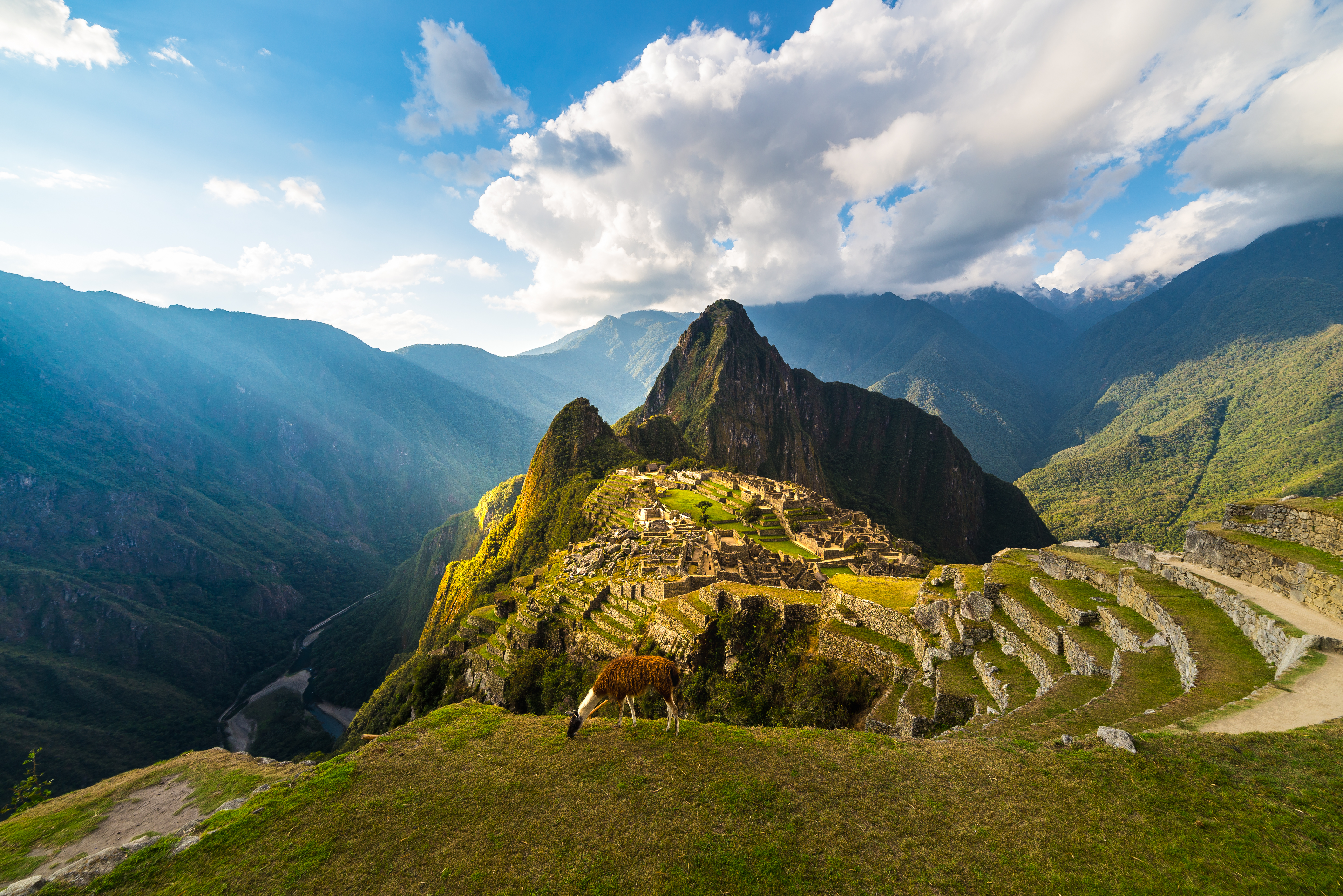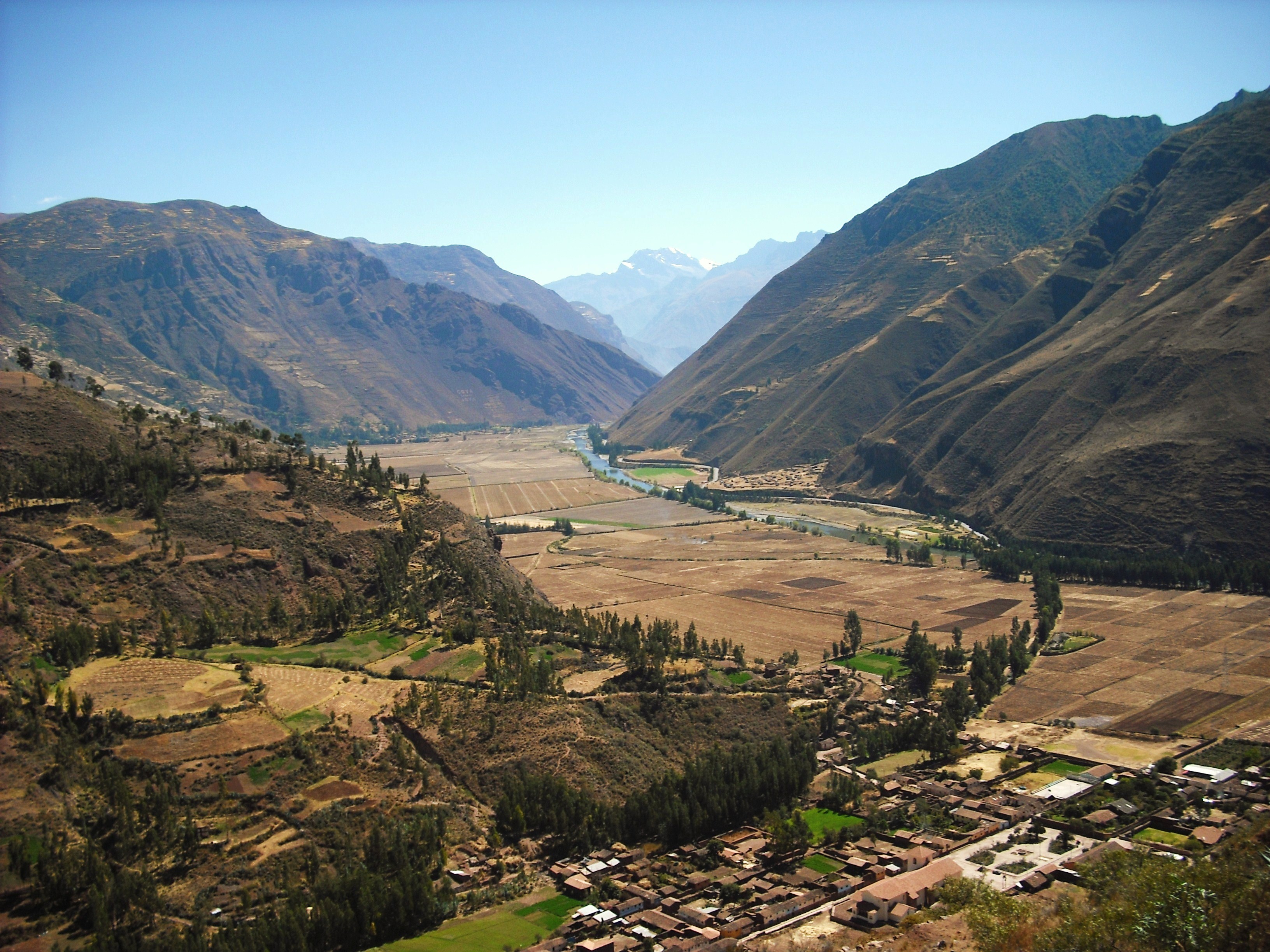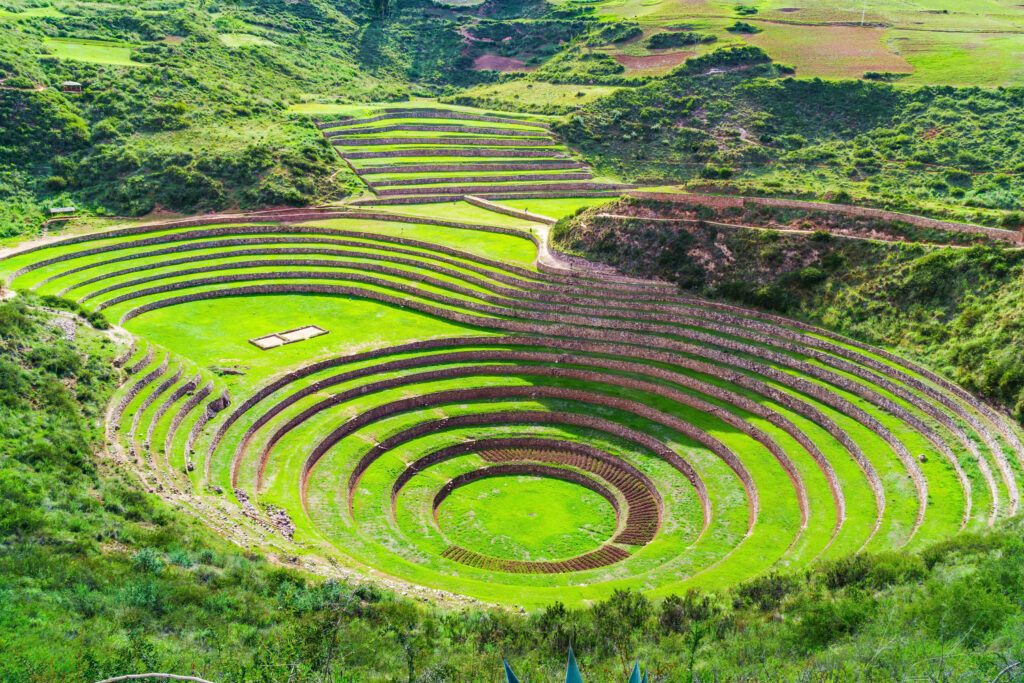The Sacred Valley in Peru, commonly known as the “Valley of the Incas,” is one of the most beautiful lands between Cusco and the city of Machu Picchu. Where beautiful landscapes, ancient ruins, and pictures of real villages meet with unique cultural experiences. The region is known for the fertile land and has supported Andean communities for thousands of years, making it a prime location for agriculture and cultural preservation. A visit to the Sacred Valley is an extensive experience that further gives one insight into the history and tradition of the Andean people. Here is a guide to exploring this magical destination.
Historical Significance of the Sacred Valley
The Sacred Valley is pretty rich in historical sites that inform an individual of the Inca civilization that existed from the early 13th century to when the Spanish conquered the territory. The valley was the major agricultural, spiritual, and military headquarters of the Incas and was therefore admired for its soil fertility and sacred energy.
One can almost uncover ancient terraces, irrigation systems, and architectural marvels in the region that imply the ingenuity of the Incas
Structural and Architectural Heritage The two of the most impressive sites of Inca are Ollantaytambo and Pisac, which flaunt structures well preserved to this date. The citadel of Ollantaytambo was a fortress and, at the same time, sacred space because it is massed with stone terraces. The similar aspect of Pisac is its agricultural terraces and hillside tombs. These sites not only tell us about the excellence of the architectural construction of Incas but also give hints about their
spiritual identification with nature.
Cultural Experience and Traditional crafts
Many indigenous communities still intact with their customs and traditional practices, and tourists also get the opportunity to participate in truly authentic Andean culture; textile craftsmanship is, as expected, centered on artisans in Chinchero, Urubamba, and Yucay who are highly skilled in ancient techniques of weaving colorful textiles made from alpaca and llama wool. Hand-loomed items give true taste of Andean culture and are a great souvenir.
Moreover, the valley is a point for local, traditional Andean markets-places such as Pisac Market-for locally-made crafts, pottery, jewelry, and artwork. These markets will not only support local artisans but also provide insight into everyday life with the Andean people. This is one of the unique ways of getting in contact with the local culture and spending money on sustainable tourism in the region.
Natural wonders and scenic beauty
The Sacred Valley is replete with natural scenery. Towering mountains contrast with lush valleys and rivers. The Urubamba River snakes its way through the valley, creating fertile land which is ideal for agriculture and serving as a serene backdrop in which to explore the region. Majestic peaks like Chicon and Veronica frame the valley, offering unforgettable views and awe-inspiring sense.

For nature lovers, the valley offers plenty of hiking trails leading to the most panoramic viewpoints and totally virgin Andean wilderness. There are easy strolls through lovely villages to more serious mountain treks. The most popular hike is probably the one to Maras and Moray; it will take you through beautiful countryside and leads you to fascinating Inca circular terraces of Moray. Any kind of hike or biking or merely sightseeing-the valley’s natural beauty will be unforgettable.
Ruins and Archaeological Sites End
This valley has numerous other less known sites other than the well-known ruins of Ollantaytambo and Pisac. Within the valley, there are several other small sites like the salt mines of Maras and the agricultural terraces of Moray. Maras is a great sight, where thousands of salt ponds cascade down a hillside, and which also speaks of the resourcefulness of the Andeans.

The ruins of Moray are very interesting, especially with circular terraces that could have been used to carry out agricultural experiments. This concentric-terrace complex, each of which has its own little microclimate, reflects the advanced agricultural knowledge of the Incas. Exploring these ruins offers a greater understanding of Inca innovation and their profound relationship with the land.
Best Time to Visit the Sacred Valley
The dry season is considered the best time to visit the Sacred Valley, which occurs between May and September. It is cooler and drier at this time of year, ideal for hiking and exploring ancient ruins, with more opportunities to see the beauty of the valley. The skies are clearer, providing better prospects toward shooting some exquisite photographs of the mountains.
If you come on the wet months, between November and March, the crowds are smaller, and the landscape is fresh green, but expect sudden rain showers and muddy trails. It’s pretty much like April and October, balancing fewer tourists with relatively good weather. Ultimately, it comes to what you prefer most, as the beauty of the Sacred Valley does not depend on seasons.
Conclusion
The valley in Peru is a wondrous destination with a beautiful mix of natural and historic and cultural immersion. Whether you go exploring ruins of a long time, hiking in breathtaking landscapes, or engaging with the communities that live there, it’s all experience you’ll ever have. Plan your visit to the Sacred Valley for first-hand witnessing legacy of Incas and the indomitable spirit of Andeans.

